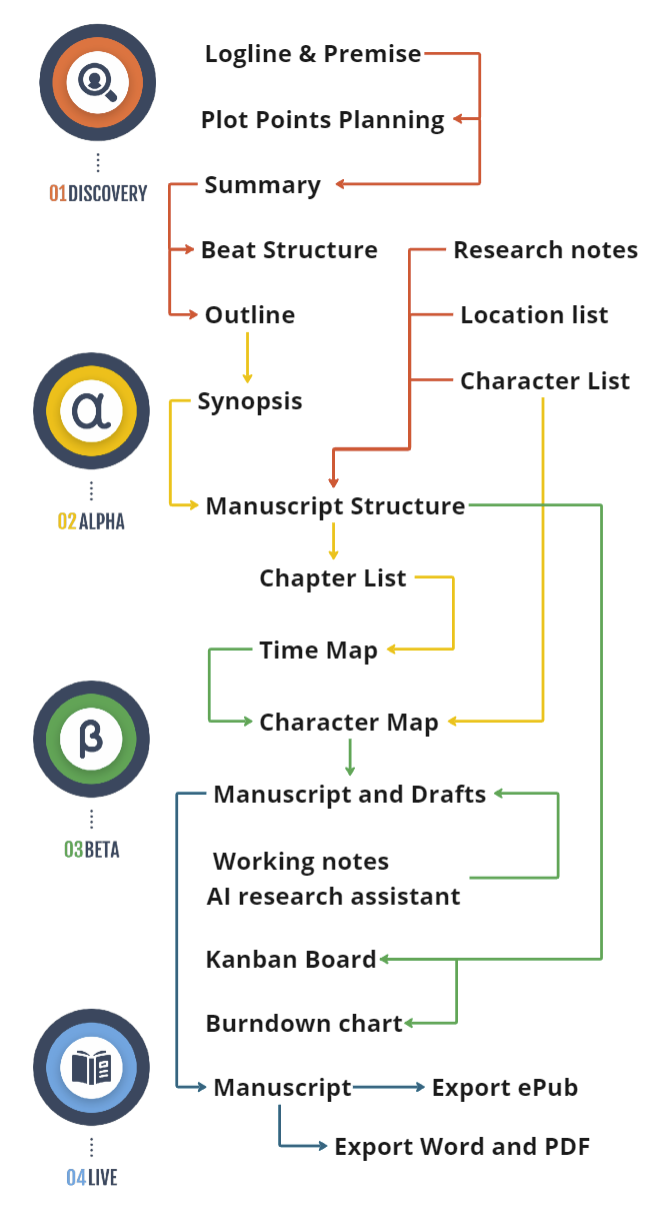Revision is where novels truly emerge, but it can also overwhelm. Many writers dread the necessary cuts, reordering of scenes, and rewriting of central conflicts. Yet a disciplined revision blueprint, adapted from tried-and-true structural methodologies, helps separate essential elements from fluff without crushing your creative spirit. At advanced levels, revision isn’t just about clarity or grammar—it’s about refining every layer (beats, characters, themes) until the text shines with focused brilliance.
The advanced revision blueprint breaks editing into multiple passes, each focusing on distinct tasks: story structure, emotional arcs, theme reinforcement, and final polish. This sequenced approach keeps you from losing spontaneity, because you’re not micromanaging style or dialogue too early. Instead, you refine large-scale issues first—like faulty pacing or disjointed story beats—before targeting nuances such as consistent characterization or subtle thematic echoes. It’s a purposeful progression from macro to micro.
Any writer who has finished a first (or fifth) draft and feels uncertain where to begin the rewrite can benefit. Overly perfectionist authors who tweak line-by-line before ensuring the major beats line up often end up rewriting the same passages multiple times. Conversely, those who fear big cuts might discover that methodical passes shield them from emotional attachment to every single scene. And if you sense your second act sags, an advanced revision method ensures you handle that systematically.
- Structure Pass
Before polishing sentences, map your key beats. Does the midpoint truly pivot stakes? Does the dark night of the soul feel low enough? This pass ensures the novel’s bones stay strong. - Emotional Pass
Next, examine character arcs. Are the hero’s flaws challenged at each turning point? Revise dialogue, internal monologue, or entire scenes to deepen their internal conflict or highlight breakthroughs. - Thematic Pass
Add or fine-tune elements that echo your main theme. Remove heavy-handed references or patch in subtle allusions to unify disjointed subplots. Subtext or recurring imagery belongs here. - Continuity Pass
Watch for timeline breaks, inaccurate details, or contradictory character traits. Make sure each side character remains consistent with their original portrayal. Adjust for realism in your setting if needed. - Line Editing And Proofreading
Only after the big pieces align do you refine every sentence, correct grammar, and polish style. By this point, you won’t have to waste time re-editing sentences from scenes you cut entirely.
Structured revision breaks a daunting process into smaller, conquerable stages. Trying to fix everything at once can flatten creativity or cause vital story beats to slip through the cracks. Adhering to a layered approach not only preserves spontaneity—by encouraging you to keep rewriting flexible until the final passes—but also yields a more cohesive, emotionally gripping manuscript. It saves time, cuts frustration, and transforms raw potential into professional narrative form.
Take your latest manuscript and plan out each revision pass. List what you’ll focus on—beats, emotional arcs, theme, continuity, style—and create milestones for each layer. Resist the urge to tweak diction in early passes. Maintain discipline as you move from broad fixes to finer details. The result is a more streamlined, powerful story without sacrificing that spark of creativity that made you write it in the first place.




